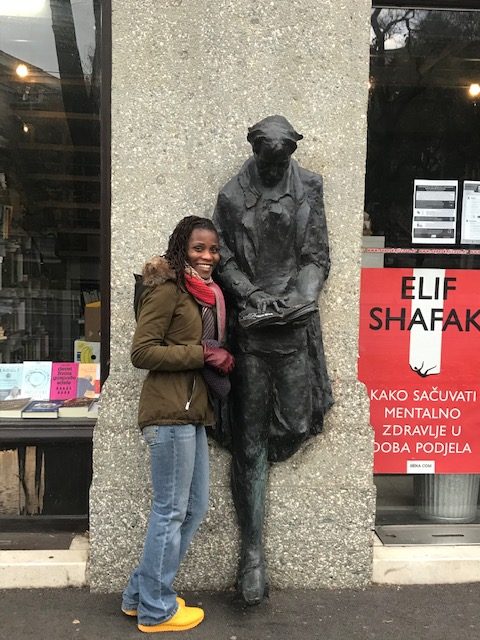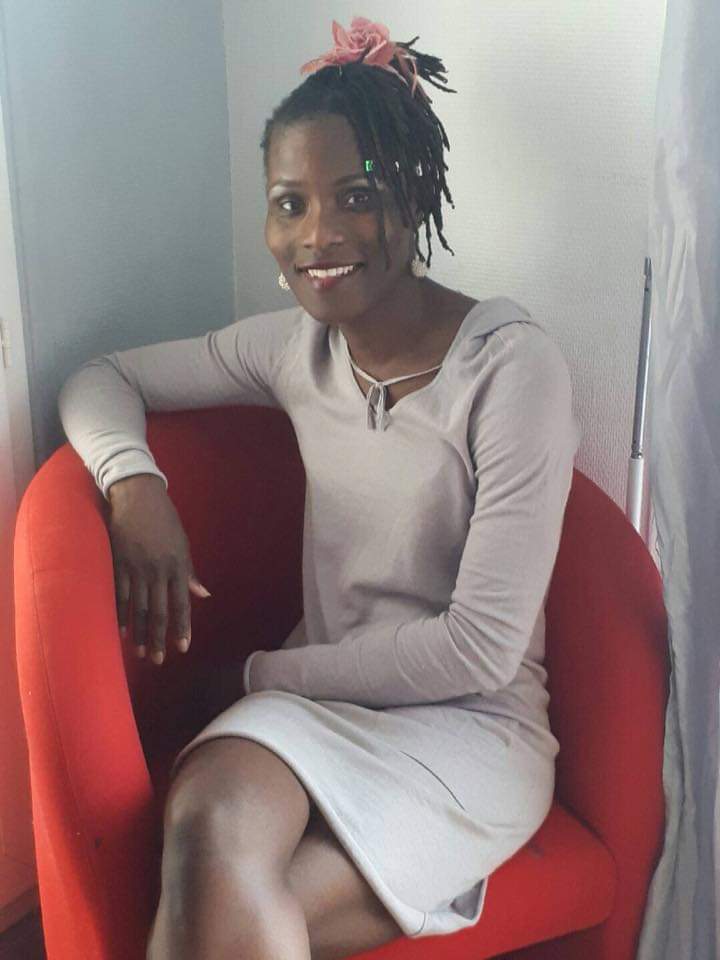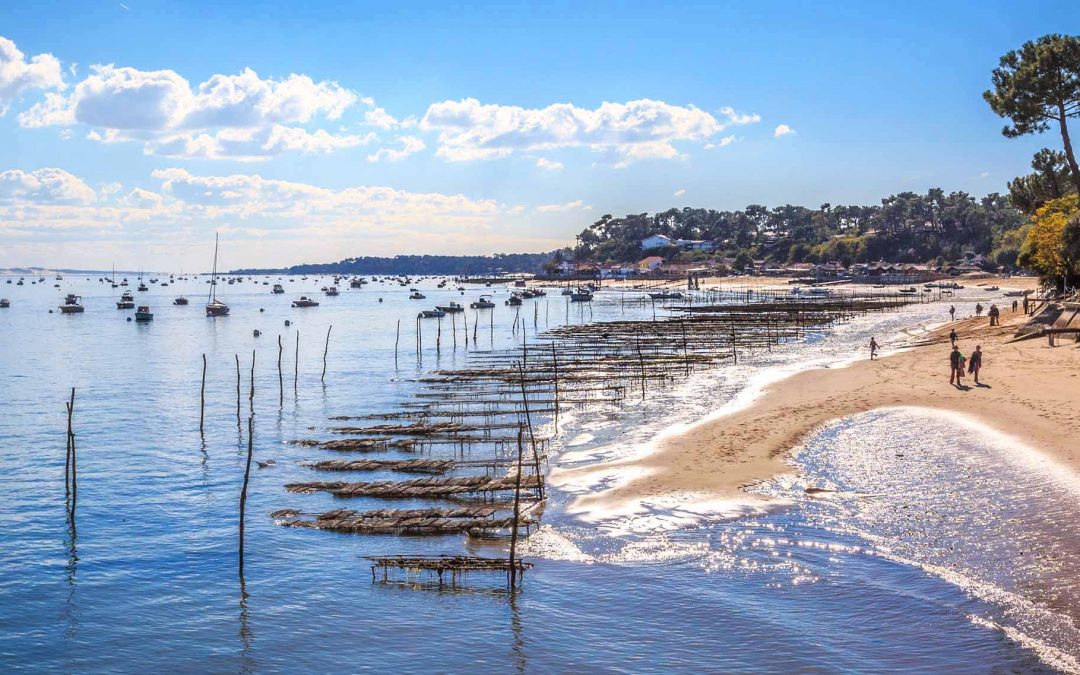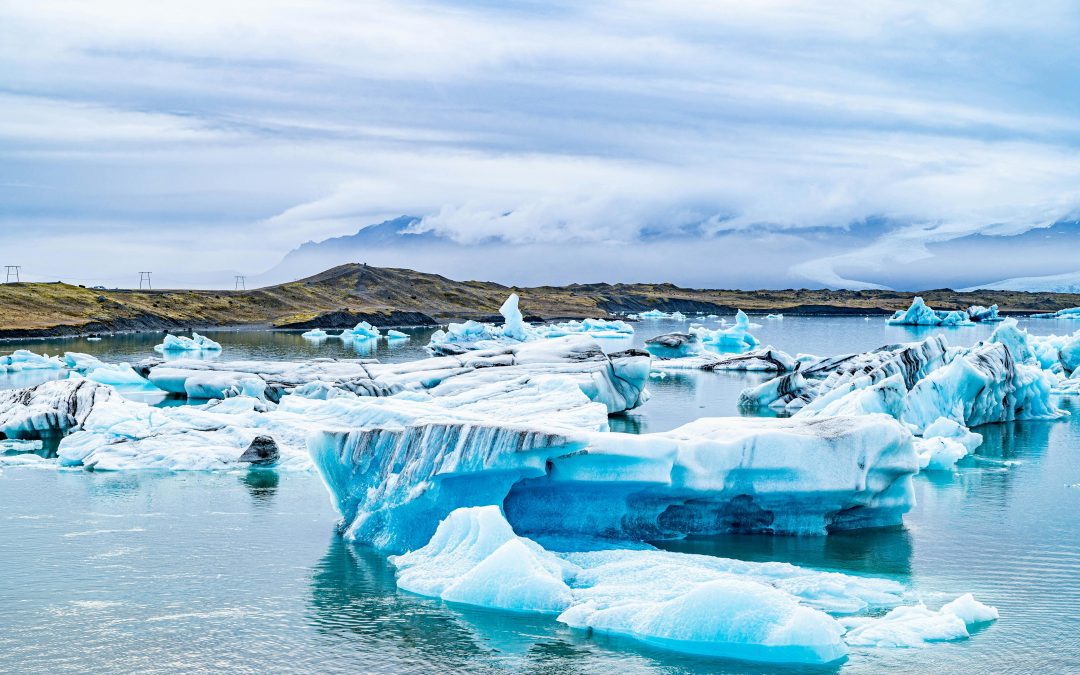
Blue Lagoon Iceland: The Definitive Smart Guide to Soaking Safely in an Active Volcanic Zone
There’s a moment at the Blue Lagoon when the steam parts and the lava field reveals itself—black, lunar, silent except for the wind. In 2025, that silence carries new meaning. This is a spa in the middle of an active volcanic peninsula, protected by new barriers and real‑time gas monitoring, open between eruption events, and still—miraculously—one of the most restorative places on Earth.
1) At a Glance: Is the Blue Lagoon Open, Safe, and Worth It?
Short answer: Oui-open between eruption events and operating under enhanced safety measures, with protective berms, air‑quality sensors, and a clear evacuation protocol coordinated with Iceland’s Civil Protection authority. When seismic activity spikes, closures can occur; when risk falls, the lagoon reopens (often quickly). Air traffic to/from Keflavík has remained normal during the recent 2025 activity. Always check the official status page on the morning of your visit.
- Le Blue Lagoon publishes a continuously updated Seismic Activity page describing access, road conditions, protective barriers, air‑quality monitoring, and what happens in an evacuation. They also note temporary unpaved roads/parking due to recent lava and protective works—practical detail that matters for parking and mobility.
- As of July–August 2025, le Sundhnúkur fissure eruption that began on July 16 ended on August 5; the Reykjanes site is open with public access managed around the new lava. The Blue Lagoon and Northern Lights Inn are open, and the town of Grindavík is accessible, per the official destination authority for Reykjanes.
- Le Government of Iceland reiterates that eruptions on the peninsula have been localized, that flights remain unaffected, and that evacuations (such as those in July 2025) are precautionary, with reopenings once the risk level changes. Their guidance is the definitive overview for visitors monitoring risk phases and air‑quality advisories.
Bottom line: It’s different to visit a geothermal spa in an active volcanic system than in a sleepy hot‑spring valley. But Iceland is highly prepared, and the Blue Lagoon has become a case study in safety‑minded operations during an eruption cycle—closing when needed, reopening when safe, and investing in protective infrastructure et monitoring that’s visible on site.
2) The Reykjanes Context: Why Eruptions Don’t Mean Canceled Vacations
Depuis 2021, the Reykjanes Peninsula has entered a new multi‑year eruptive phase, with fissure eruptions at Fagradalsfjall (2021–2023) and Sundhnúkur (2023–2025). In 2025, a July eruption triggered short, precautionary closures—including evacuations of Grindavík and the Blue Lagoon—before activity waned and access reopened in mid‑ to late‑July and early August. Civil Protection reduced the response level after the event abated, and local authorities reminded travelers that most of Iceland’s attractions and infrastructure are unaffected.
- Le Reykjavík Grapevine reported the July 16, 2025 eruption, noting that earthquake activity decreased and that the Blue Lagoon reopened promptly afterward as conditions stabilized.
- Le Visit Reykjanes authority maintains a live eruption information page, highlighting whether access is open, what hiking routes are available, and which zones remain restricted; this is the traveler‑friendly complement to the Government of Iceland’s national bulletins.
- National guidance stresses that air traffic continues and that risk is localized; travelers with respiratory conditions should check air‑quality updates and plan around windy days when volcanic smog may drift.
Travel takeaway: In this new normal, your Iceland trip is not an all‑or‑nothing gamble. It’s a plan‑flexibility exercise: book the Blue Lagoon with free changes, build an alternative spa plan (see §7), and keep one eye on official updates.
3) What the Blue Lagoon Has Changed (and How You Benefit)
The lagoon sits beside the Svartsengi geothermal plant, which feeds its silica‑rich, milky‑blue waters. Since late‑2023, a suite of measures has been installed or reinforced:
- Protective earthen berms shielding critical infrastructure from potential lava paths (do pas walk on the berms; it’s forbidden).
- Extended air‑quality monitoring (gas sensors on site) plus a weather station to interpret how wind may disperse gases, enabling swift decisions when to pause access ou evacuate.
- Temporary unpaved access—a real‑world reminder you’re in a dynamic environment; allow a few extra minutes for slower speeds or shuttle coordination.
Meanwhile, the experience remains itself: 1.6 million gallons (replenished roughly every two days) of warm, mineral‑rich water; on‑water mask bars; saunas and steam rooms; and, for Retreat guests, private lagoons et un subterranean spa with the ritual of silica, algae, and mineral salt. For spa escapists, this is a bucket‑list soak—even more potent when it’s snowing or sleeting and you’re submerged in blue heat.
The flip side of the eruption cycle is unpredictability—but Iceland’s hospitality sector has adapted: the lagoon has closed and reopened several times since late‑2023; hotels run shuttles when parking is offline; and communications arrive promptly by email/SMS if schedules shift. Media coverage through 2024 documented how lava impacted the car park, with on‑the‑ground shuttles used while protective works continued—a reminder to choose flexible bookings and backup spa plans.
4) When to Soak: Crowd Patterns, Weather, and Northern Lights
- Early morning (opening) et late evening are your crowd‑smart windows. Blue Lagoon sells timed entry, and the earliest/last slots tend to feel calmer, especially on midweek days.
- L'hiver (Nov–March) brings aurora potential: you can sometimes glimpse green veils between steam plumes on clear nights—though the forecast rules all. Dress warmly to sprint from changing rooms to water.
- L'été is long‑light season: gold‑toned sunsets can linger well past 10 pm in June–July, giving the milky water a surreal glow. If seismic closures occur, Sky Lagoon (15 min from Reykjavík) or the Secret Lagoon in Flúðir keep your hot‑spring day alive.
Conseil de pro : If your flight lands early at Keflavík (KEF), drop your bags and book the lagoon as a jet‑lag reset before heading into Reykjavík. If you’re on a late flight out, flip the logic: end your trip in the water, then go blissed‑out to the airport. (Always check same‑day operational status.)
5) Tickets, Packages, and “Flexible‑Plan” Booking Strategy
The Blue Lagoon sells entrées chronométrées and several tiers (from basic comfort to premium bundles with robes, drinks, and dining). Because eruption‑related closures can pop up, choose:
- Changeable tickets (when offered in the purchase flow)
- Hotel rates with free cancellation (Retreat/Silica or Reykjavík base)
- Flexible car rental ou transfer bookings so you can pivot to Sky Lagoon if needed
How far in advance? In peak seasons and holidays, book weeks out for prime slots. For shoulder seasons, days to a week can suffice—unless you want Retreat Spa treatment times, which sell out earlier. Blue Lagoon’s own status page will influence your timing—if an eruption just ended and reopening has been announced, day‑one slots can go fast.
Payment & vouchers: Buy direct for the clearest change/cancel rules. If purchasing via a third‑party voucher, read the fine print about date changes should Civil Protection raise alert levels. (In July 2025, some bookings were paused and then rescheduled as access reopened.)
6) Getting There in 2025: Roads, Shuttles, and That Unpaved Lot
- Location: ~20 minutes from KEF, ~45 minutes from Reykjavík.
- Road Updates: Due to recent lava flows and protective works, the Blue Lagoon warns that roads/parking can be unpaved; check their access notes before driving. Give yourself extra time if mobility or luggage is a factor.
- Shuttles & Hotels: During late‑2024 disruptions, guests were bused from Grindavík to the lagoon while new parking arrangements were set, according to local reporting—expect similar shuttle concepts if parking is offline again during future works.
- Flights: The Government of Iceland emphasizes that air services continue normally during these localized eruptions; always verify with your airline, but trip‑long cancellations are rare.
7) Your Backup Plan: Sky Lagoon, Secret Lagoon & Other Soaks
Sky Lagoon (Kópavogur): 15 minutes from central Reykjavík, with an infinity‑edge view of Faxaflói Bay. As Matador Network noted during a Blue Lagoon closure period in 2024, Sky Lagoon is not exposed to the same eruption zone and is a reliable stand‑in if Blue Lagoon is temporarily shut. Book the Seven‑step Ritual for a hot/cold/steam flow.
Secret Lagoon (Flúðir): Iceland’s oldest public pool (1891) in a rural setting ~1.5–2 hours from Reykjavík—rustic, atmospheric, and a natural‑pool vibe. Especially good if your Golden Circle day runs long and you want a final soak where steam vents puff along the edges.
Local pools: Don’t overlook municipal hot‑water culture—Laugardalslaug in Reykjavík, or smaller neighborhood pools with hot pots and steam rooms. If the peninsula acts up, Iceland’s pool network keeps your spa day on track.
8) Sample Itineraries
A) Just‑Landed Jet‑Lag Cure (Half Day)
- 08:45 Arrive KEF → pick up car/transfer
- 09:30 Blue Lagoon entry (early slot for calm water)
- 11:30 Spa ritual (mask bar; warm/cold cycle)
- 12:30 Lunch at LAVA (reserve)
- 14:00 Drive to Reykjavík hotel (nap, then sunset harbor walk)
If the lagoon is paused: switch to Sky Lagoon for the afternoon ritual instead.
B) Aurora Hunter (Evening Soak)
- Spend the day on museums/food tour in Reykjavík
- 19:30–21:00 Blue Lagoon; stay late for steam + stargazing
- If the Aurora forecast spikes and skies open, watch for green arcs between clouds of geothermal mist
- If closed, slide to Sky Lagoon and then drive out to a dark‑sky spot after your soak (turn off headlights only once parked safely).
C) Volcano‑Curious Day (When Trails Are Open)
- Hike a safe, signed route at a previous eruption site (e.g., Fagradalsfjall paths when open) → après-midi Blue Lagoon recovery soak
- Vérifier Visit Reykjanes for access closures and the new trail maps; heed all ranger/Police advice about closures near fresh lava.
9) Health & Safety in a Geothermal/Lava Landscape
- Air quality: The Blue Lagoon runs gas sensors and collaborates with Civil Protection; if readings suggest risk, staff will initiate evacuation or temporary closures. Those with asthma or respiratory conditions should watch the Loftgæði (air‑quality) feed and be extra cautious on windy days when smog can drift.
- Footing: Wet lava rock + silica can be slippery. Move carefully around pool edges and steps.
- Hydration, silica, hair: The water is mineral‑rich; shower and condition hair with the provided products to avoid dryness. Keep jewelry out of the water (silica can cloud some finishes). These are standard Blue Lagoon care tips reiterated on‑site.
- Driving: If access roads/parking are unpaved, plan slower speeds; if there’s snow/ice, request studs on your rental and check road.is. Blue Lagoon’s page calls out the current state of access and parking.
10) Dining & Drinks: What to Expect (and How to Time It)
- Mask Bar + Swim‑Up Bar: Your entry tier typically includes one complimentary drink (check the inclusions on your ticket type). Non‑alcoholic options are excellent; hydrating while you soak is smart in dry winter air.
- LAVA Restaurant: Icelandic‑Nordic menu within lava walls—bookable for lunch or dinner; request window seating for views of the lagoon.
- Moss (Michelin‑starred) at the Retreat: a culinary splurge that pairs with Retreat Spa access. If weather turns wild, plan to arrive early—you don’t want to rush through Moss. (Reopening cadence after individual closures was reported in late 2024; always reconfirm opening hours around eruption phases.)
11) What It Costs (and How to Save)
Exact prices adjust by slot and season; the official site shows live pricing for Comfort, Premium, et Retreat experiences. To keep costs in check:
- Livre off‑peak time slots (opening/late evening).
- Go milieu de semaine outside holidays.
- If you want a robe/towel, compare tiers; sometimes a small add‑on beats jumping to the next package.
- Considérer combo planning: if the Blue Lagoon is on your arrival day, you might skip a separate Reykjavik spa fee and invest in the Premium Lagoon slot instead.
12) Packing: The 15‑Item On‑the‑Ground Checklist
- Swimsuit (dark colors don’t show silica powder)
- Quick‑dry towel (provided at higher tiers; otherwise pack one)
- Flip‑flops with grip
- Travel conditioner & brush/comb (Blue Lagoon provides product, but bring extras if hair is long)
- Waterproof pouch for phone
- Refillable bottle (hydrate before/after soak)
- Silica‑safe minimal jewelry policy (or leave it in locker)
- Warm outer layers for the dash to/from the water (hat/hoodie)
- Sunglasses (silica glare on bright days)
- Backup plan printout (Sky Lagoon/Secret Lagoon bookings)
- Car snacks (if roads/parking are unpaved, you may wait for shuttles)
- Banque d'alimentation (steam + cold drain batteries quickly)
- Small first‑aid kit
- Credit card & ID
- Offline map (signal is good, but weather can disrupt)
13) Responsible Travel & Etiquette
- Respect closures and instructions: Iceland’s Civil Protection phases—uncertainty, alert, emergency—trigger clear steps. Follow staff guidance; it’s designed around the specific hazard of gas, lava, or terrain changes.
- No climbing on berms: The protective barriers are engineering assets, not seating areas or photo spots. Stay off for safety and respect.
- Noise & phones: Keep calls short; other guests are there to reset.
- Étiquette photo: Ask before including strangers in close shots; mind steam privacy.
14) The Alternatives Deep‑Dive (When You Need a Plan B or C)
Sky Lagoon: Livre Pure ou Sky passes. The Seven‑step ritual (cold plunge, sauna with ocean view window, cold mist, etc.) delivers a strong thermal cycle. Pros: close to Reykjavík, stunning bay views, reliable access during Reykjanes spikes. Cons: not the same milky silica—this is a different aesthetic.
Secret Lagoon (Flúðir): Rural, old‑school. Pros: relaxed and authentic; works beautifully after Golden Circle sightseeing. Cons: farther drive; fewer amenities than Blue Lagoon/Retreat.
Fontana (Laugarvatn) et Krauma (Borgarfjörður) can also sub in depending on your route: geothermal steam baths, hot/cold pools, and minimalist Nordic designs—a broader hot‑spring culture that thrives even if Reykjanes is temporarily tense.
15) Real‑Time Links to Watch
- Blue Lagoon — Seismic Activity & Access: status, road notes, monitoring context, guest guidance.
- Government of Iceland — Volcanic Activity in Reykjanes: national risk framing, air‑quality cautions, flight impact summaries.
- Visit Reykjanes — Eruption Information: hiking/closure maps, site‑specific updates, practical access notes.
- News snapshots: Reykjavík Grapevine (timely local reporting) and Iceland Review for reopenings/closures and infrastructure impacts (e.g., car‑park access).
- Fallbacks: Matador’s practical overview of alternative spas during 2024 closures remains a useful traveler primer, reminding visitors that Iceland has options.
16) FAQs
Is the Blue Lagoon open in 2025?
Oui-between eruption events the lagoon operates with reinforced safety (protective berms, gas sensors, evacuation plan). Always check the lagoon’s Seismic Activity page the morning of your visit for the latest, because closures and reopenings can occur quickly as Civil Protection phases change.
Are flights disrupted by the eruptions?
As of July–August 2025, the Government of Iceland reports normal air traffic during localized Reykjanes eruptions; evacuations happen near the fissures, not across the country. Travelers with respiratory conditions should monitor air‑quality advisories.
What happened in July–August 2025?
An eruption began July 16 at the Sundhnúkur crater row; precautionary evacuations included Grindavík et le Blue Lagoon. As activity waned, authorities reopened access (Blue Lagoon included) and downgraded the alert. The eruption ended Aug 5, 2025.
How can I minimize the chance of a last‑minute cancellation?
Livre flexible tickets, choose off‑peak slots (which are easier to move), and maintain a backup spa booking at Sky Lagoon ou Secret Lagoon. Check Blue Lagoon et Visit Reykjanes updates 48–12 hours before your slot.
Is the water the same as before?
Yes—the lagoon is fed by the Svartsengi geothermal plant, rich in silica et minerals. The milky‑blue color et skin‑softening feel are the same, though you should treat hair with conditioner and rinse jewelry separately (standard Blue Lagoon advice).
What should I do if the lagoon closes on my day?
Expect an email/SMS with options. Rebook to a later slot or pivot to Sky Lagoon near Reykjavík. If you’ve booked Retreat lodging, the hotel will coordinate alternatives or rebookings.
17) The Soul of the Soak (Why It’s Still Worth Building Your Trip Around)
If anything, the Reykjanes era has made the Blue Lagoon feel more Icelandic—not less. You feel the planet breathing here: steam hissing out of rock, wind shifting clouds, safety lines painted on black lava, staff radios crackling with air‑quality updates. Iceland never promised a static, theme‑park geothermal dip; it offers a living geology lesson that is also, improbably, one of the world’s best spa experiences. The silica still coats your skin like moon dust; the sauna window still frames clouds racing across the peninsula; the Northern Lights still—on some gifts of a night—unfurl above the steam.
Go with respect for the land and the people who steward it. Read the status page. Show up on time. Follow instructions if the wind turns or gas drifts. And then—sink under the blue, let the heat and minerals do their work, and remember that in 2025, to soak here is to live inside a geology story that’s still being written.

Écrit par Kariss
Plus de cette catégorie

Cap Ferret
Niché entre l'océan Atlantique et le bassin d'Arcachon, le Cap Ferret est souvent appelé les “Hamptons français”. Mais ce surnom ne fait qu'effleurer la surface. Contrairement à ses cousins clinquants de la Côte d'Azur, le Cap Ferret est un endroit où le luxe est tranquille, où la nature est reine et où le temps ralentit pour laisser place à une brise parfumée de pin.

Cap Ferret
Niché entre l'océan Atlantique et le bassin d'Arcachon, le Cap Ferret est souvent appelé les “Hamptons français”. Mais ce surnom ne fait qu'effleurer la surface. Contrairement à ses cousins clinquants de la Côte d'Azur, le Cap Ferret est un endroit où le luxe est tranquille, où la nature est reine et où le temps ralentit pour laisser place à une brise parfumée de pin.

Cap Ferret
Niché entre l'océan Atlantique et le bassin d'Arcachon, le Cap Ferret est souvent appelé les “Hamptons français”. Mais ce surnom ne fait qu'effleurer la surface. Contrairement à ses cousins clinquants de la Côte d'Azur, le Cap Ferret est un endroit où le luxe est tranquille, où la nature est reine et où le temps ralentit pour laisser place à une brise parfumée de pin.
0 Commentaires
Notre lettre d'information


0 commentaires